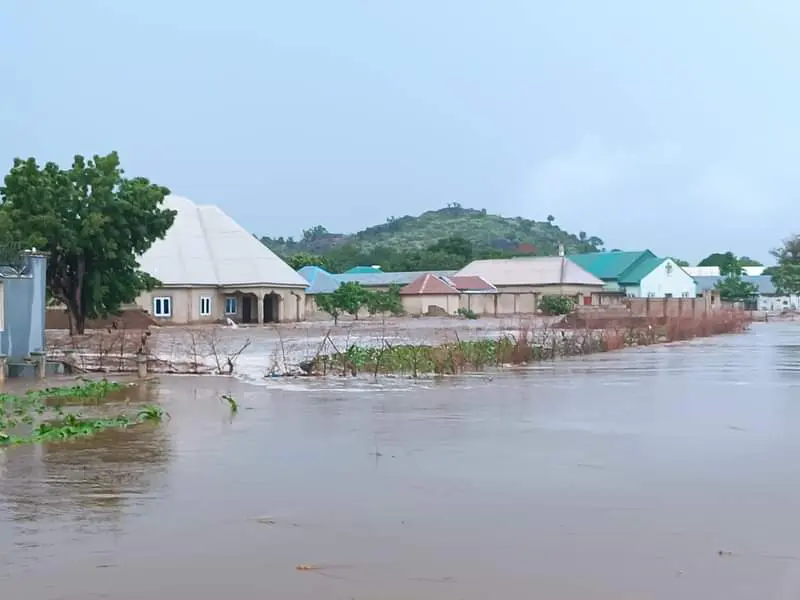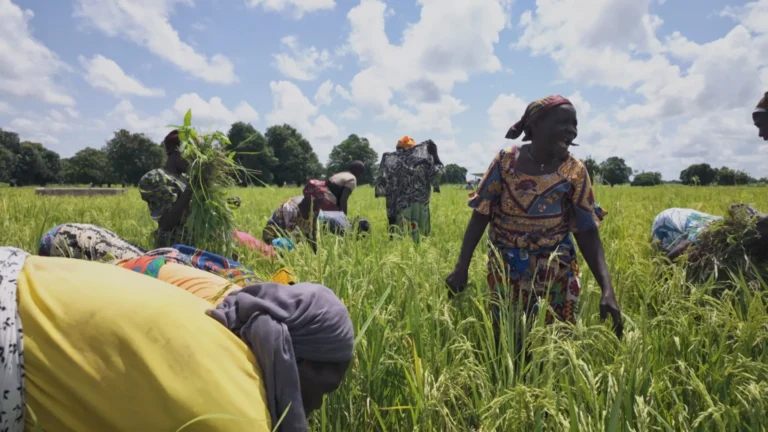
At least four people have died in Cameroon’s Adamawa region following days of torrential rainfall that caused devastating flooding in the regional capital, Ngaoundere.
Local authorities confirmed that relentless downpours led to a sharp rise in water levels downstream of a nearby lake, triggering flash floods that swept through several neighbourhoods, damaged critical infrastructure, and left residents stranded.
Valeri Norbert Kuela, Prefect of the Vina Division, expressed concern over the scale of destruction and the human cost of the flooding.
“People construct houses in swampy areas and when it rains, they are easily affected by floods. Unfortunately, this time we have lost lives. We are intensifying efforts to redress the situation,” Kuela said.
Emergency response teams have been deployed to assess the damage and support affected communities. The floods disrupted transportation, swept away household possessions, and submerged entire homes, particularly in low-lying areas of the city.
Cameroon’s meteorological agency has issued a national alert, warning of “continuing turbulent weather” in the coming days. Heavy rainfall and strong winds are expected to persist across several regions, including Adamawa, Northwest, Southwest, and parts of the Centre region.
Authorities are urging residents, especially those in flood-prone zones, to remain vigilant and relocate temporarily where possible.
Environmental experts have repeatedly warned of the dangers of unchecked urban expansion into wetlands and flood plains, which significantly increases the risk of disasters during the rainy season.
As climate change accelerates extreme weather patterns in Central Africa, Cameroon has seen a surge in flood-related emergencies. In 2022 alone, similar floods displaced thousands and caused millions of francs CFA in damages across the country.
With the rainy season still underway, officials say the government will continue to monitor the situation closely and provide support to affected families, while long-term measures are being evaluated to improve urban resilience and flood mitigation.



